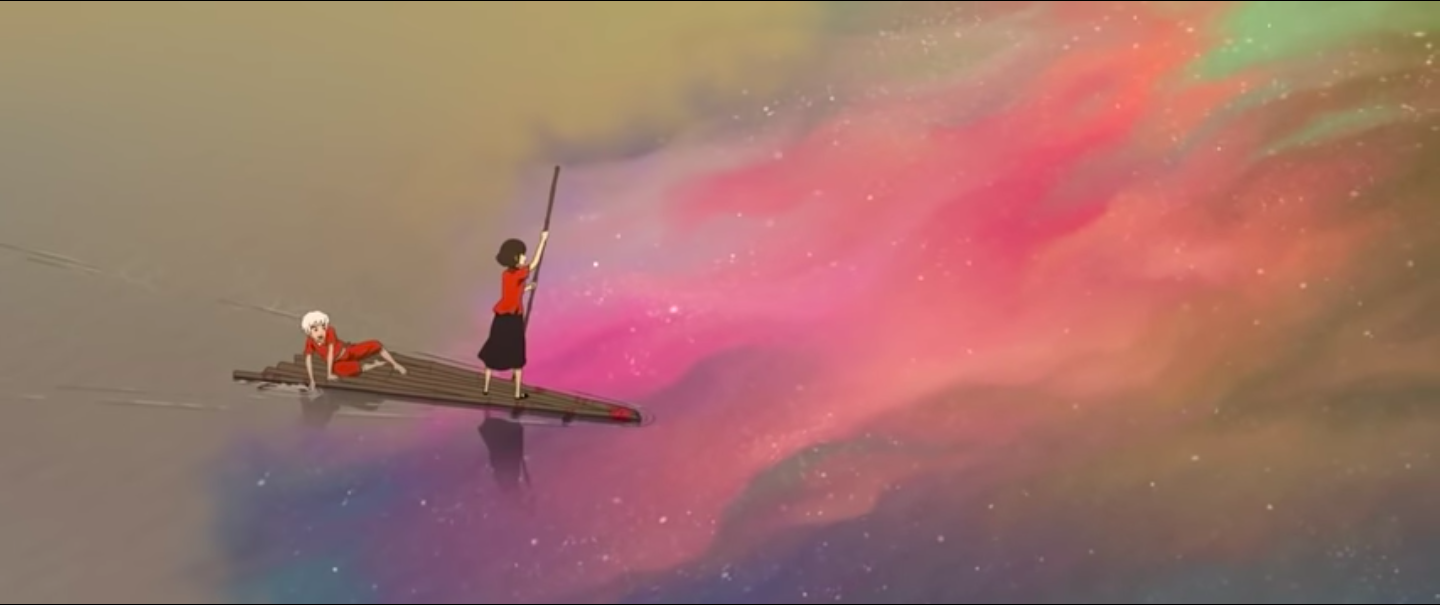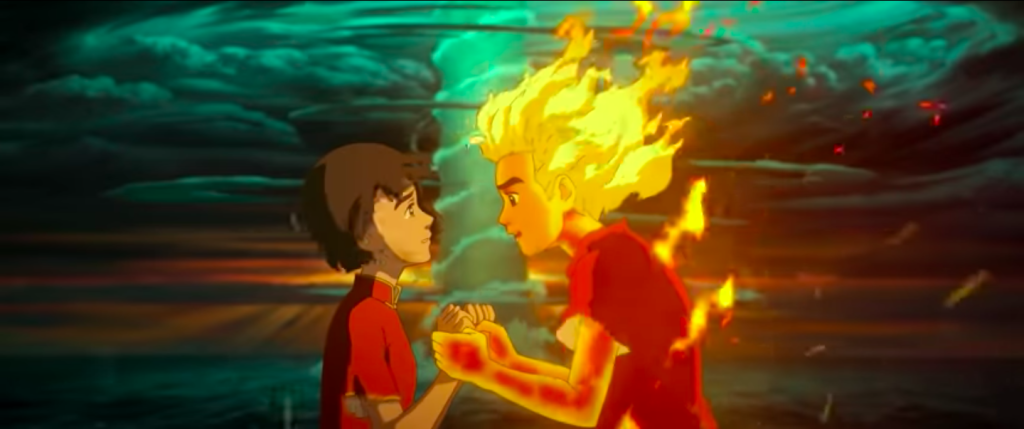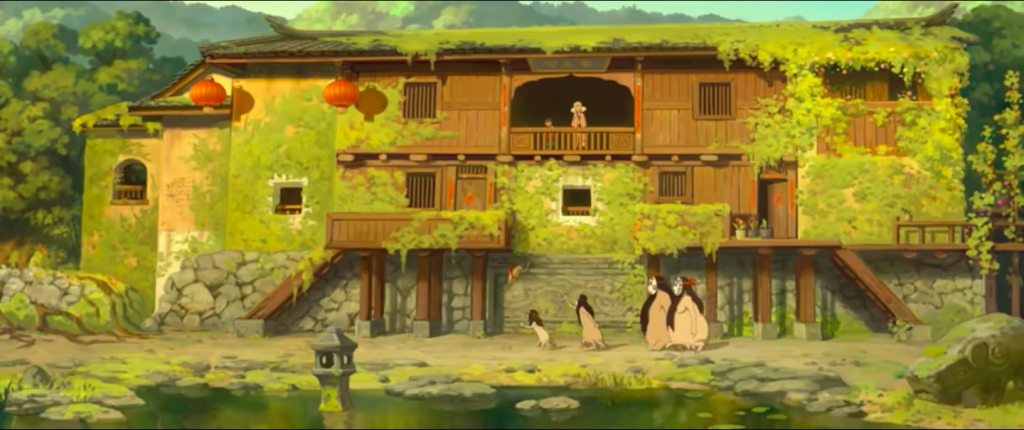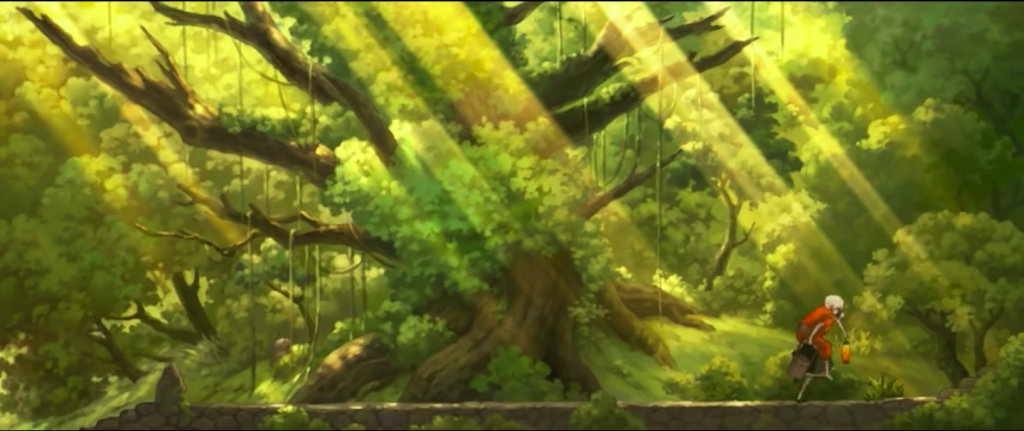I watched this movie over Chinese New Year and watched it again with some friends. Created lovingly and probably solely for the stunning visuals, this movie is a slow-paced trip that you can watch two hours before your bedtime just to admire how gorgeous it is. It can also be one big screensaver as well.
The plot of Big Fish and Begonia is difficult to get around–the protagonist, Chun (meaning Spring in Chinese), lives in a world where everyone has magical powers. She says that they’re not gods but many of the characters and references are pulled from the oldest book of Chinese myths, called the Shan Hai Jing (better known as the Classics of Mountains and Rivers) to others. They all turn into fish when they are 16 years of age to participate in this coming of age ritual — to witness what goes on in the human world before returning.
Chun’s fate, however, gets intertwined with that of a young boy’s as he dies trying to save her in dolphin form. Back in her homeworld, Chun makes a deal with the guardian of spirits or some psychopomp and retrieve’s the boy’s soul. She does everything she can to ensure that he can return to the human world to live.
Spoilers (and also stunning visuals) below.
While the inner logic of the universe is a bit convoluted and require a lot of questions that need answering — the people who determine what happens on the Earth aren’t gods, which is rather strange to me. The narrator says that they aren’t humans, but both humans and these non-gods transform into fishes regardless. So honestly, what’s the difference, and what is up with them transforming into fishes?
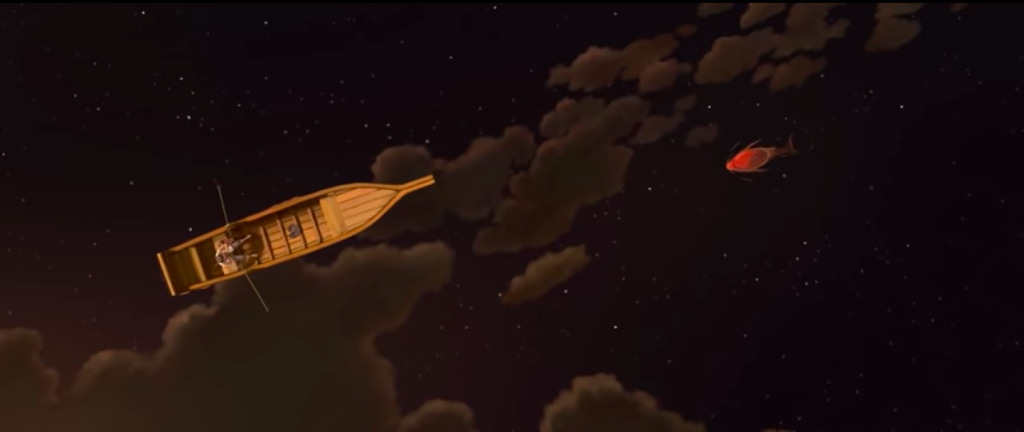
The different characters also have powers as and when the plot allows it. It’s understandable for the main character to have the ability to grow plants because of her name, and it’s reasonable for her relatives to have the same powers. But in one scene, the whole village seems to have these powers just so they can escape the flood.
And don’t even get me started on why the boy who falls in love with Chun, Qiu (Autumn) can suddenly set his body aflame.
Honestly, despite the convoluted world-building, we’re all here for the wonderfully animated scenes. You can easily watch this on Netflix and pause to screencap these, like I have done. The shot below is obviously inspired by China’s abandoned village on Goqui island. Friends have commented that many of the characters resemble the designs in Spirited Away, and that I have to agree with.
Look how gorgeous these stills are!
The colour! The animation is a sight to behold, too.
My advice when watching this movie? Turn off the bit where you work its internal logic and enjoy the visuals. Let it lull you to sleep. It is, after all, a movie that is truly aesthetically pleasing.
